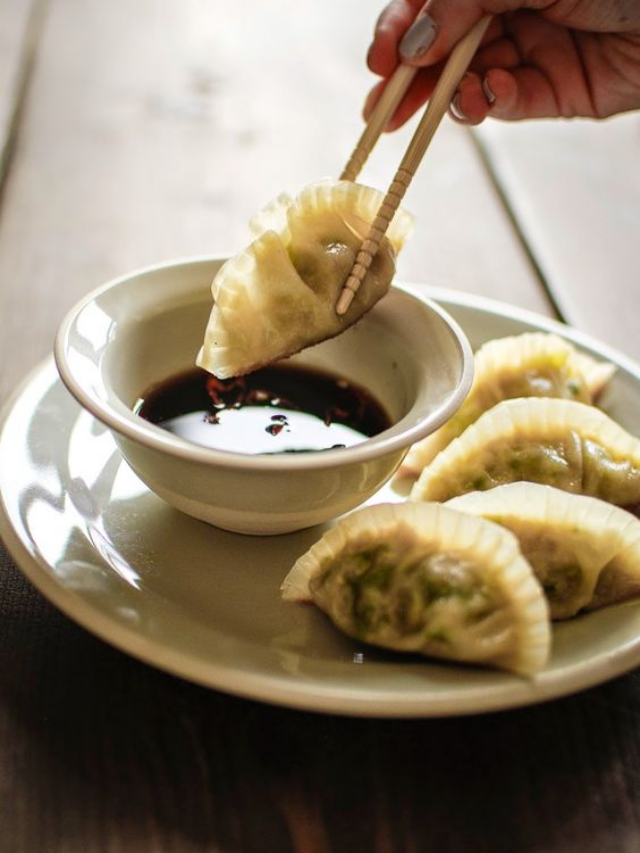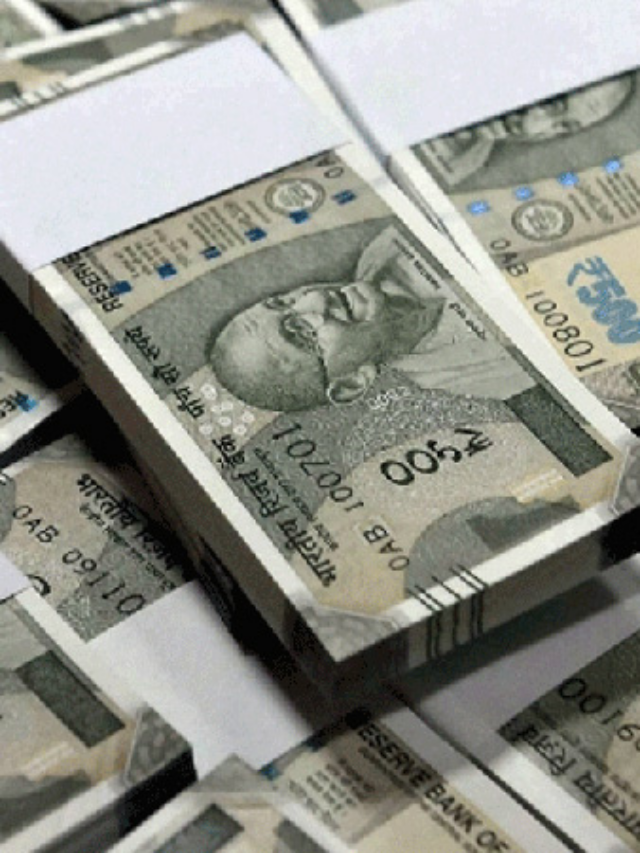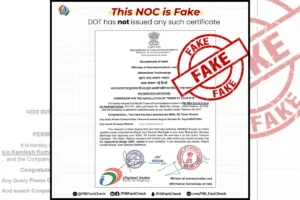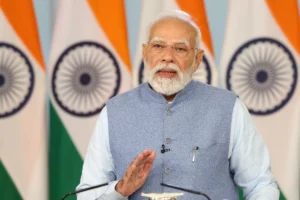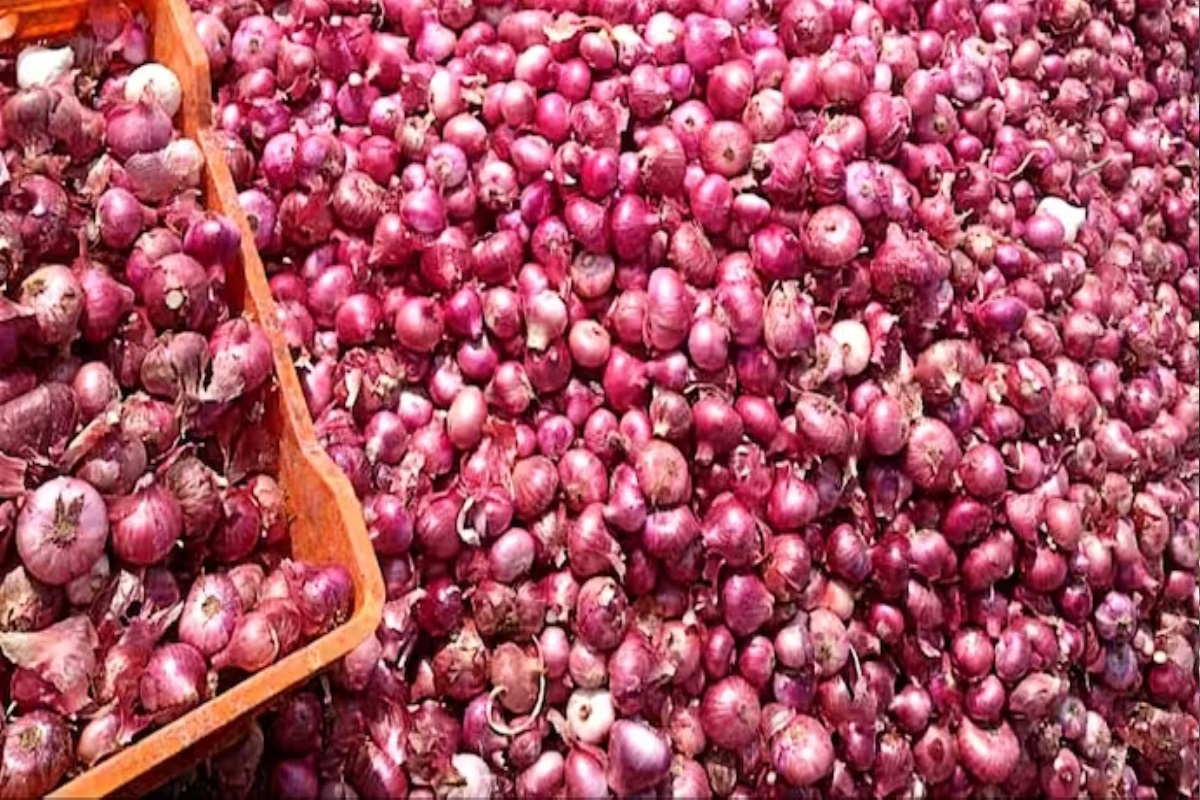
Following the recent export ban imposed to address a sharp increase in rates, onion prices have dropped by over 50% in the nation; however, the government’s measure, onion rates have risen throughout Asia.
With the arrival of kharif onion crops, prices are expected to stay stable after the government banned onion exports earlier this month, according to traders as per The Economic Times.
Since exports were prohibited, the average wholesale price of onions at Lasalgaon AMPC has decreased to Rs 20–21 per kg from Rs 39–40 per kg. It should be mentioned that the moment the export ban was declared, onion prices began to decline.
Millions of households that were paying hefty prices for the kitchen staple now have much-needed relief, even though the move has angered some farmers.
India’s export ban on onions has other repercussions too. Other Asian nations are now searching for less expensive options as a result of the move, which has increased the price of onions.
Per a report by Reuters, it seems improbable that the Indian government will remove the export ban before the upcoming general elections in 2019.
The report continued by saying that traditional Asian buyers, such as Bangladesh, Malaysia, Nepal, and even the United Arab Emirates, which heavily rely on Indian imports, are having difficulty keeping up with rising onion prices, while retail consumers from Kathmandu to Colombo are facing shortages at home.
Asian nations rely on India for more than half of their imports of onions. They value India’s faster shipping times over rivals like China or Egypt when it comes to maintaining the flavour of the perishable goods.
Also Read: Watch: New video of fight in Delhi Metro viral, people question management
To read more such news, download Bharat Express news apps













